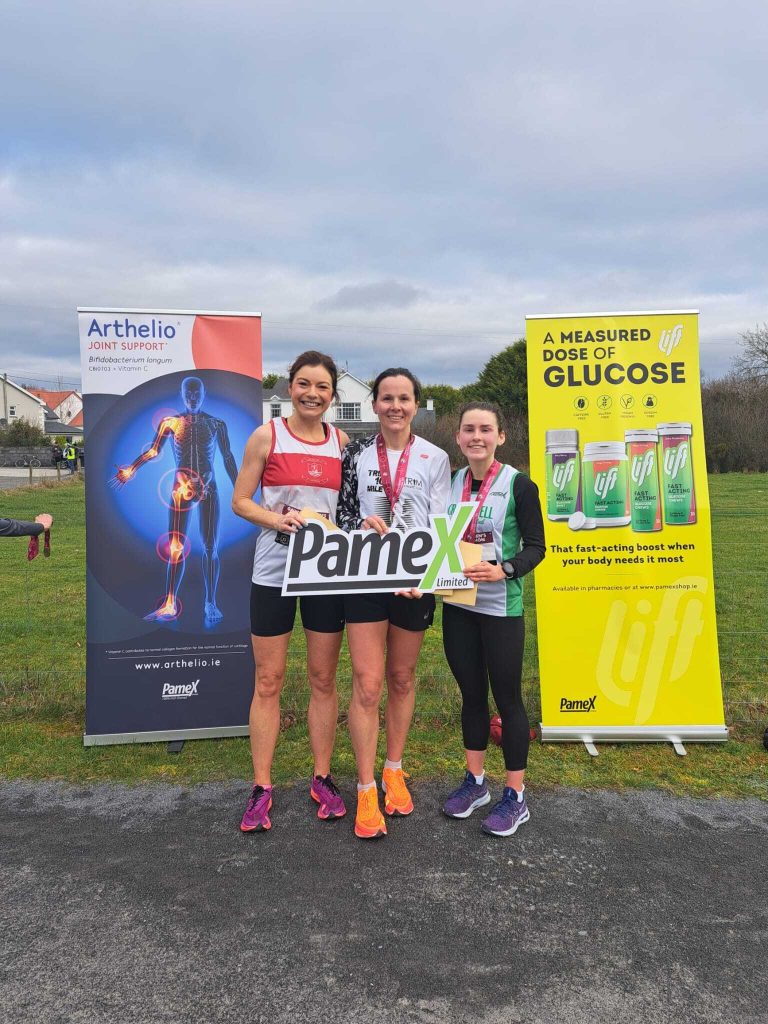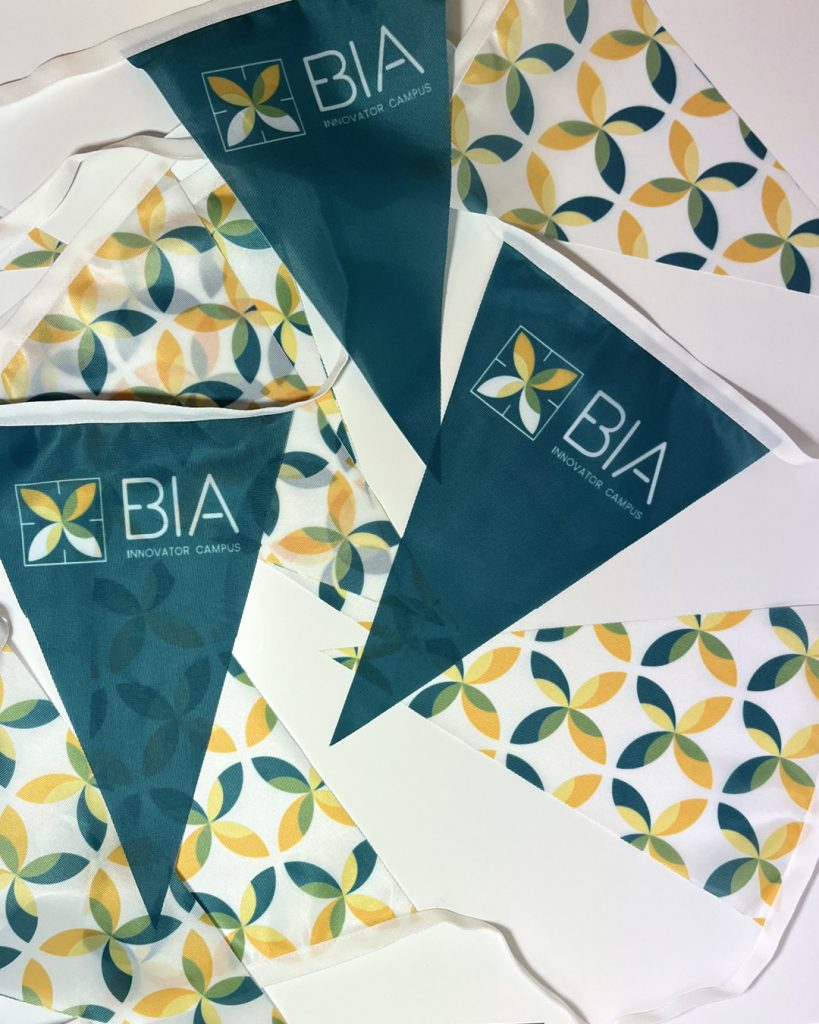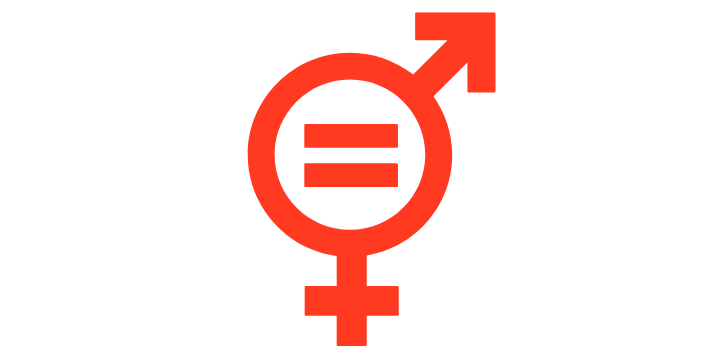Whether you’re advertising a concert, promoting an upcoming event, or sharing a message for a social cause, posters are an effective way to grab people’s attention and convey information. A well-designed poster not only attracts the eyes, but also delivers a clear and compelling message that resonates with the target audience. However, designing a poster that stands out from the crowd and achieves its intended purpose can be a challenging task. In this comprehensive guide, we’ll explore the essential elements and design principles that make a poster effective, as well as tips and best practices for creating a high-impact poster that gets noticed.
Understanding the Purpose of Your Poster
Before you start designing the poster, it’s important to define its purpose and goals. What do you want the poster to accomplish? Who is your target audience? By answering these questions, you can tailor your design and messaging to the specific audience and context of the poster.
Posters can serve a variety of purposes, from advertising an event or product to raising awareness about a social or political issue. Understanding the purpose of your poster will help you determine the most effective design and messaging strategies.
Identifying Your Target Audience
Knowing your target audience is key to creating a poster that speaks to their interests and needs. Are you targeting a specific demographic, such as age, gender, or location? What values or beliefs do they hold? Understanding your audience can help you choose the right visual and verbal cues to appeal to them.
For example, if you are creating a poster to promote a new fitness program, you may want to target individuals who are interested in health and wellness. You could use images of fit and active individuals to appeal to their desire for a healthy lifestyle.
Defining Your Message and Goals
What message do you want to communicate through the poster? Is there a call-to-action you want to include? Defining your message and goals will help you focus on the most important information and avoid clutter.
For a poster promoting a charity event, your message may be focused on the importance of supporting the cause and the impact that donations can make. Your call-to-action may be to encourage individuals to donate or attend the event.
By defining your message and goals, you can create a clear and concise poster that effectively communicates your intended message to your target audience.
Essential Elements of an Effective Poster
An effective poster should have several key elements that work together to create a cohesive and impactful design. Let’s take a closer look at each of them.
Typography and Font Selection
The font you choose for your poster can greatly affect its readability and mood. Consider using a font that reflects the tone of the content and is easy to read from a distance. Avoid using too many fonts or styles that clash with each other.
For example, if you are creating a poster for a professional event, you may want to use a clean and modern font that conveys professionalism and accuracy. On the other hand, if you are creating a poster for a music festival, you may want to use a more playful and creative font that reflects the energy and excitement of the event.
Colour Theory and Palette Choices
Colours can evoke emotions and convey messages in a poster. Choose a colour palette that is visually appealing and helps communicate your message. Consider using contrast to create emphasis and guide the eye through the poster.
For instance, if you are creating a poster about environmental conservation, you may want to use shades of green to convey a sense of nature and sustainability. You could also use contrasting colours, such as orange or red, to draw attention to important information or calls to action.
Visual Hierarchy and Layout
The layout of the poster should guide the viewer’s attention and communicate the information in a logical and intuitive way. Use visual hierarchy principles, such as size, colour, and position, to prioritise the most important elements and create a clear flow.
Consider using a grid system to help organise your content and create a balanced composition. This can also make it easier to add or remove elements as needed. You may also want to experiment with different layouts and arrangements to find the one that works best for your content.
Incorporating Images and Graphics
Images and graphics can add visual interest and help convey the message of the poster. Choose high-quality images that are relevant and impactful. Use graphics and illustrations sparingly to avoid clutter and distraction.
For example, if you are creating a poster about a new product launch, you may want to include high-quality images of the product in use or in different angles. This can help potential customers visualise the product and get a better sense of its features and benefits. You could also use icons or illustrations to highlight key information or statistics.
Design Principles to Keep in Mind
Design principles are fundamental concepts and guidelines that can help you create a poster that is visually appealing, functional, and effective. Let’s explore some of the most important ones.
Balance and Alignment
Balance refers to the distribution of visual weight in the poster. It is important to find the right balance between the different elements to create a harmonious and visually pleasing design. You can use symmetry or asymmetry to create a feeling of stability or movement, depending on the context of the poster. For example, a poster for a yoga class might use a symmetrical design to convey a sense of balance and calm, while a poster for a rock concert might use an asymmetrical design to convey a sense of energy and excitement.
Alignment refers to the placement of elements in relation to each other. It is important to use grids or guides to ensure a consistent and harmonious layout. Proper alignment can help the viewer navigate the poster and understand the information it presents. For example, if you are creating a poster for a conference, you might use a grid to align the different sections of the poster and make it easy for the viewer to find the information they need.
Contrast and Emphasis
Contrast refers to the difference between elements in terms of colour, size, or shape. It is important to use contrast to create emphasis and draw attention to the most important parts of the poster. However, be careful not to overuse contrast, as it can create visual noise and confusion. For example, if you are creating a poster for a sale, you might use contrasting colours to draw attention to the discounted products.
Emphasis is the use of contrast, size, or other design elements to draw attention to a specific part of the poster. By emphasizing certain elements, you can guide the viewer’s eye and communicate the most important information effectively. For example, if you are creating a poster for a movie, you might use a large font to emphasize the title of the film.
Repetition and Consistency
Repetition refers to using the same elements or patterns throughout the poster to create a sense of unity and continuity. By repeating certain design elements, you can create a cohesive and visually pleasing design. Consistency refers to using the same design elements, such as fonts or colours, throughout different posters or promotional materials to create a cohesive brand identity. By maintaining consistency across different materials, you can build brand recognition and reinforce your message. For example, if you are creating a series of posters for a music festival, you might use the same font and colour scheme across all the posters to create a consistent brand identity.
Proximity and Grouping
Proximity refers to grouping related elements together to create a logical and organised design. By grouping elements, you can create a visual connection between them and make the poster easier to understand. Use space to create a hierarchy of information and guide the viewer’s eye through the poster. For example, if you are creating a poster for a restaurant, you might group the menu items together and use white space to separate them from the rest of the content.
Grouping refers to the organisation of different elements within the poster. By grouping elements together, you can create a sense of order and hierarchy. For example, if you are creating a poster for a music festival, you might group the different bands and their performance times together to make it easy for the viewer to understand the schedule.
Tips for Creating a High-Impact Poster
Posters are a powerful visual communication tool that can be used to convey a message, promote an event, or showcase a product or service. A well-designed poster can grab people’s attention, spark their curiosity, and inspire them to take action. However, creating a high-impact poster that achieves its intended purpose requires careful planning, attention to detail, and a deep understanding of the target audience. In this guide, we will explore some essential tips and best practices for creating a poster that stands out and delivers results.
Using a Grid System
A grid system can help you create a balanced and consistent layout. By dividing the poster into sections and placing the elements according to the guides, you can ensure that the design is visually appealing and easy to navigate. A grid can also help you align the elements and create a sense of order, which can make the poster more engaging and memorable.
When using a grid system, it’s important to consider the hierarchy of the information and the visual weight of each element. For example, the title and main message should be placed in a prominent location, such as the top or centre of the poster, while the supporting details and images can be arranged around them. By using a grid system, you can create a well-organised and cohesive design that captures the viewer’s attention and holds their interest.
Selecting the Right Format and Size
The format and size of the poster should be chosen according to its purpose and context. For example, if the poster will be displayed outdoors, it should be printed on a durable material that can withstand the elements. If the poster will be viewed from a distance, such as at a trade show or conference, it should be large enough to be seen clearly but not so large that it overwhelms the viewer.
When selecting the size and format of the poster, it’s also important to consider the printing and distribution costs. A larger poster may be more eye-catching, but it may also be more expensive to print and harder to transport. By choosing a size that is readable and visually appealing, without overwhelming the viewer, you can create a poster that is both effective and cost-efficient.
Ensuring Readability and Clarity
One of the most important aspects of a poster is its readability and clarity. The text on the poster should be readable from a distance, and the font size and style should be easy to read and contrast with the background. It’s also important to consider the lighting and location where the poster will be displayed, and choose colors and fonts that are legible in those conditions.
In addition to the font and colour choices, it’s important to consider the amount of text on the poster. Too much text can overwhelm the viewer and make the poster less effective. Instead, focus on the key message and supporting details, and use images and graphics to enhance the visual appeal and convey the information.
Adding a Call-to-Action
A call-to-action is a statement that encourages the viewer to take a specific action, such as attending the event or visiting the website. By adding a clear and prominent call-to-action, you can increase the effectiveness of the poster and drive more engagement and conversions.
When creating a call-to-action, it’s important to be specific and provide a clear and compelling reason for the viewer to take action. For example, instead of simply saying “Visit our website,” you could say “Visit our website to learn more and receive a special discount.” By providing a clear and compelling call-to-action, you can increase the chances of the viewer taking the desired action.
Creating a high-impact poster requires a combination of creativity, strategy, and technical skills. By following the essential elements and design principles outlined in this guide, as well as the tips and best practices, you can create a poster that gets noticed and achieves its intended purpose. So go ahead and experiment with different designs, layouts, and formats, and don’t be afraid to push the boundaries of creativity.
If you would like our expert designers at iSupply to create the perfect poster for your event you can contact us here.



